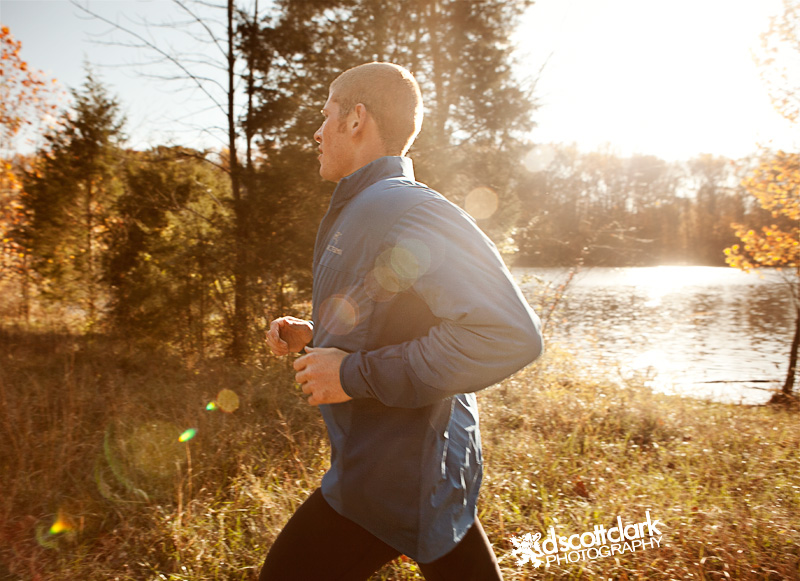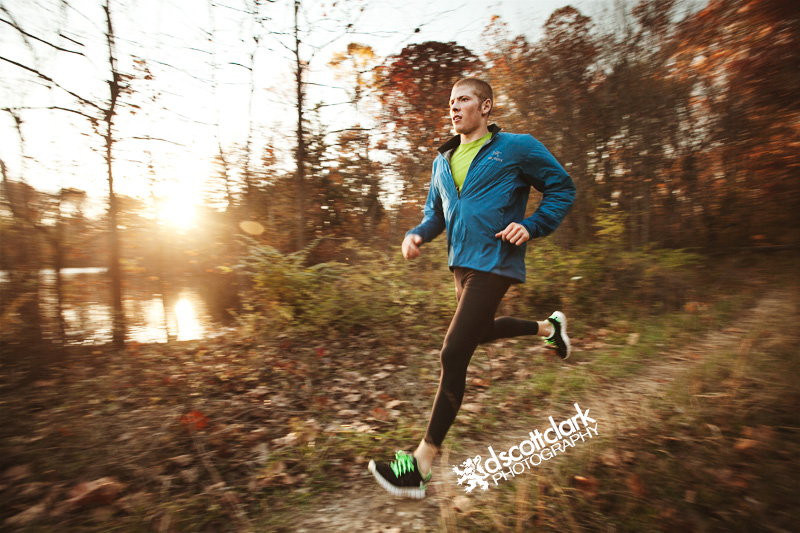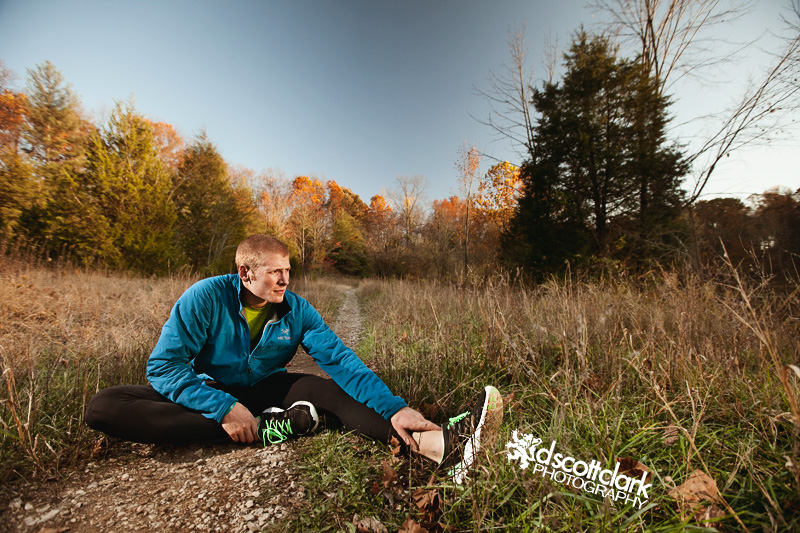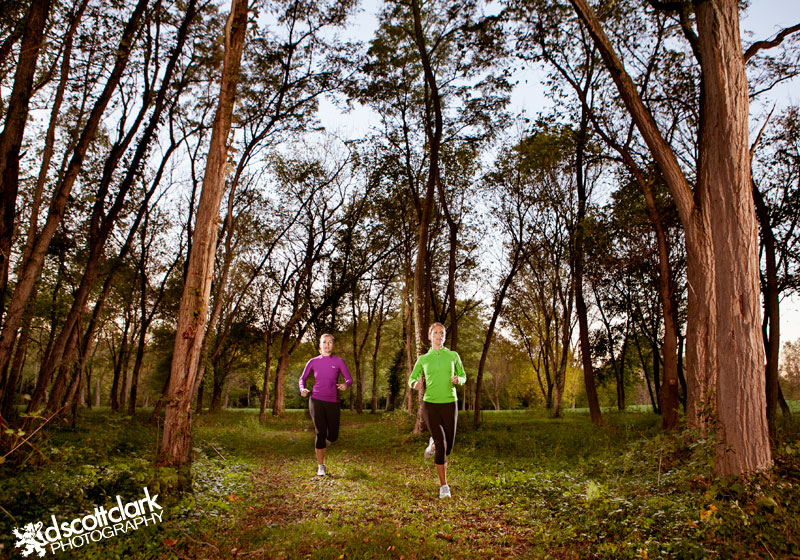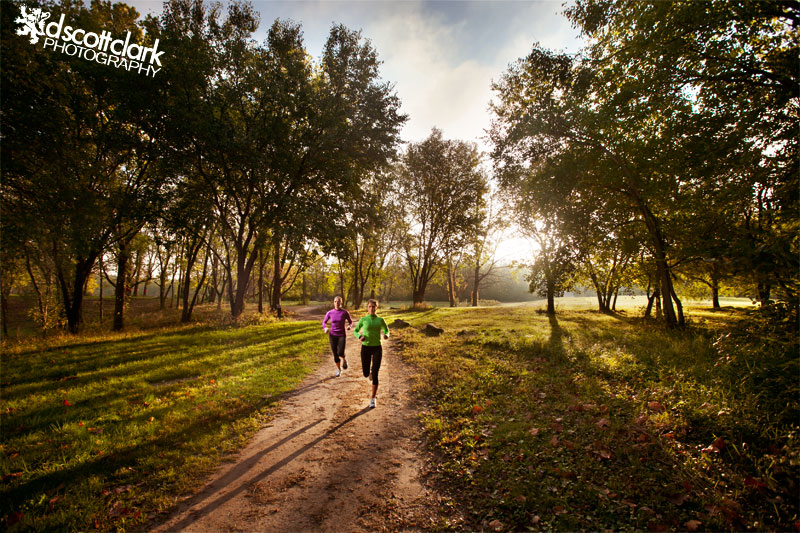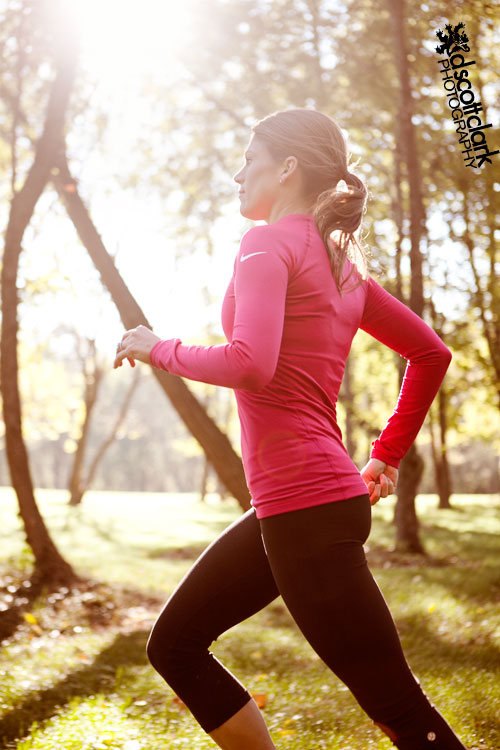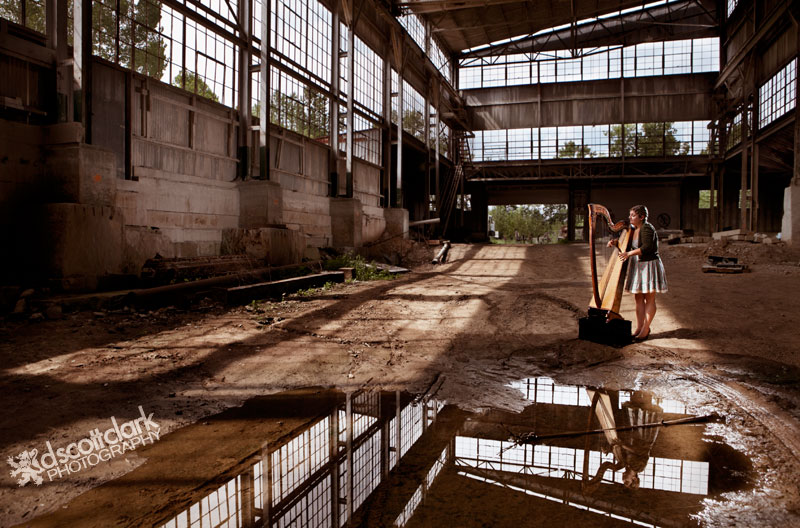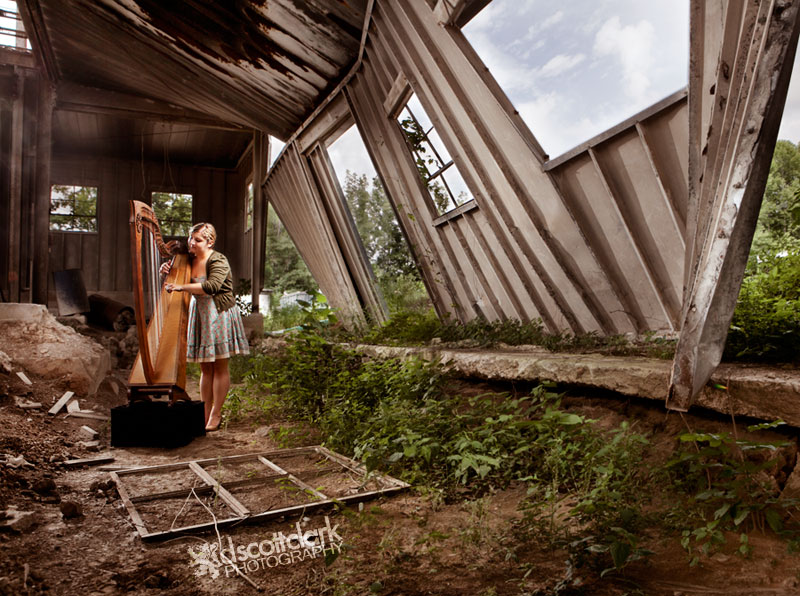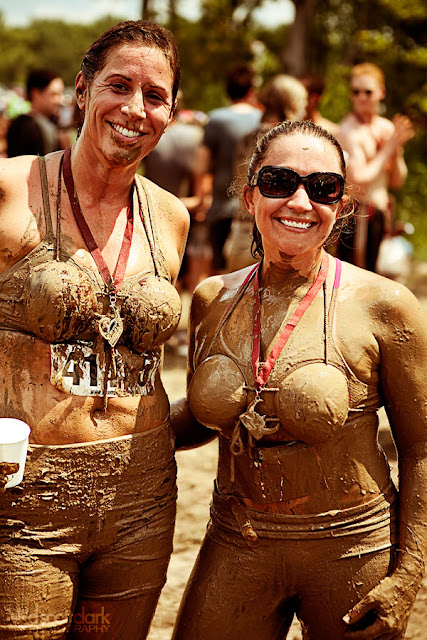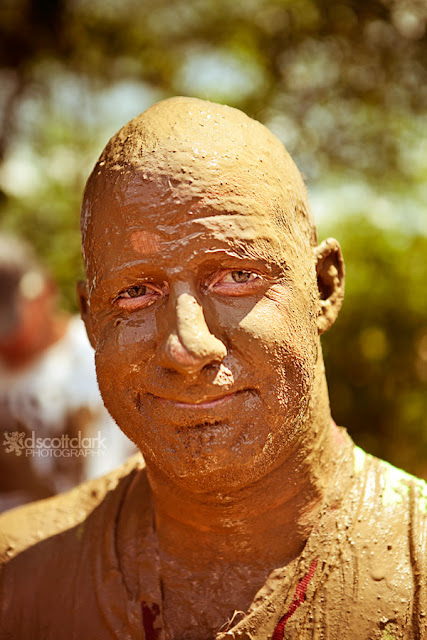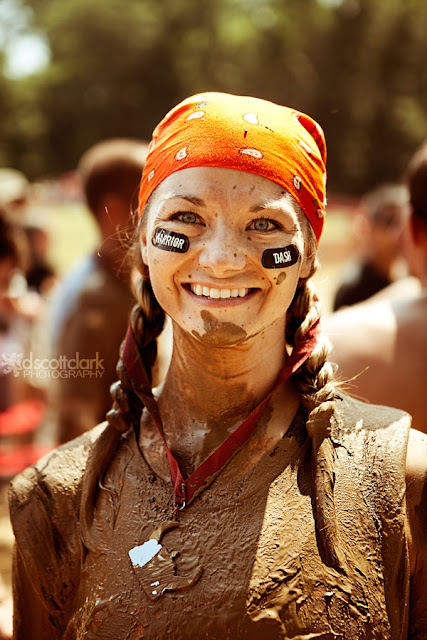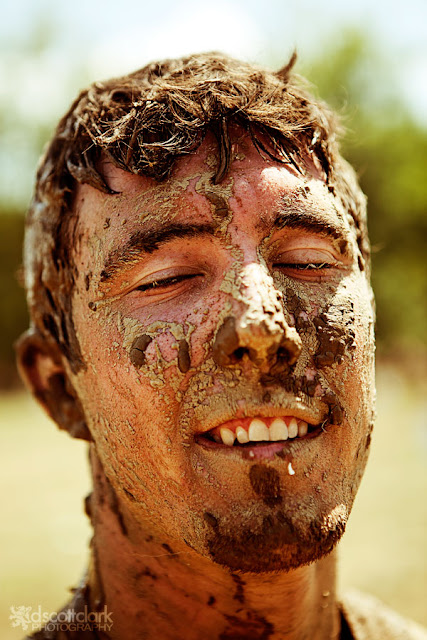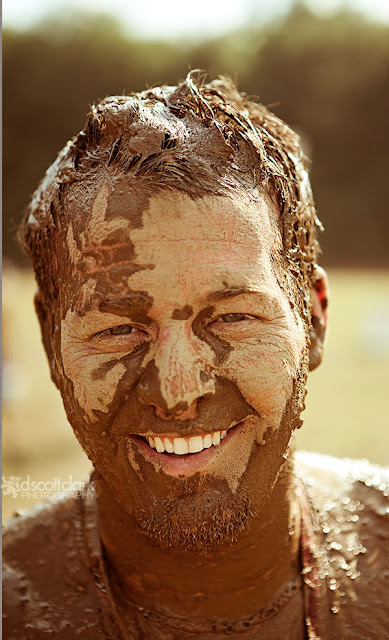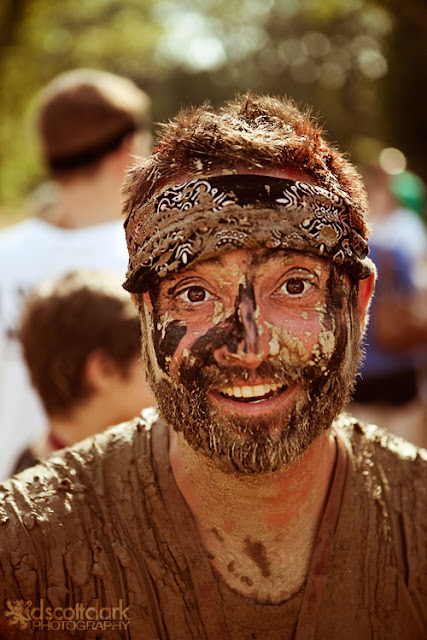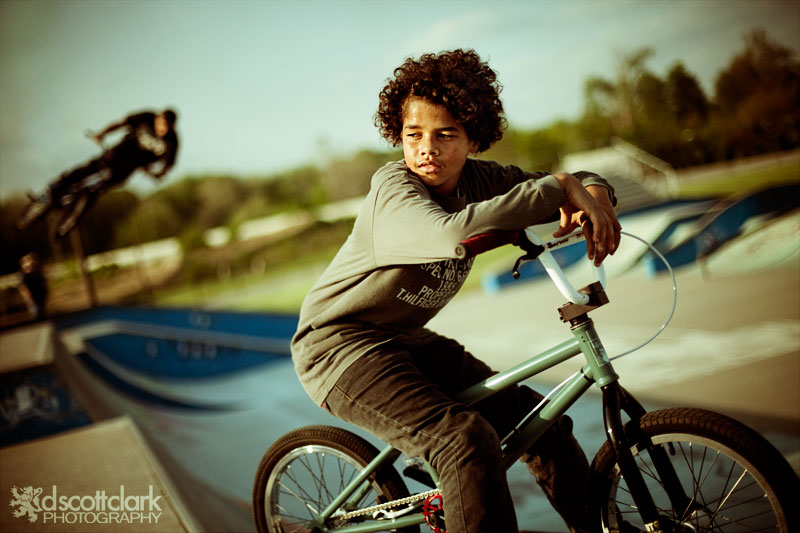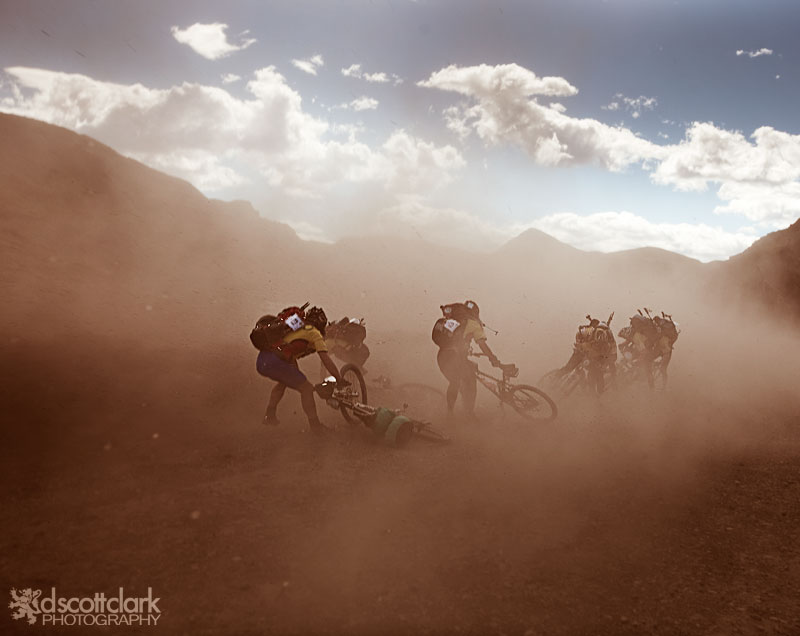Race Day 03. Thursday, February 10thIn the morning I awake to shouts, “There’s a boat!” Everyone is confused; the boat coming for some of the checkpoint workers isn’t supped to come till the afternoon. In the confusion only six of us got on the zodiac boat.



Don’t stop here. More photos and story after the Jump>>
We are taken to a small dock with a catamaran carrying tourists around the fjords. We have to stand outside, there is no room for us to sit, but we’re happy to on our way back to Porta Natales. Our guide, Ignacio, tells us that there are no boats from the race to take us on to PC7, but somehow he arranges for a fishing boat to take us. We take a fancy meal – of, how do you say…hot dogs – at the four-star hotel before heading to the boatyard.







 I borrowed Yosuke’s 15mm fisheye lens. I’ve got to get me one!
I borrowed Yosuke’s 15mm fisheye lens. I’ve got to get me one!




The captain of the boat said he had to run and get something. Two hours later we are creaking out of the harbor in a rickety old fishing boat. “How long should it take?” we ask. “Two hours.” Now I know from my past experiences that transportation operators’ time estimations are usually exaggerated, but we left at 6pm and did not arrive till after 12:30pm. It doesn’t get dark till around 10pm, but when it became dark it became clear what we were doing. The boat did not have any spotlights; the captain did not have any charts, maps, GPS, or depth finders.
 The capatain of our small fishing boat.
The capatain of our small fishing boat.

 Tony catches some shut eye in the cramped quarters on our six hour journey
Tony catches some shut eye in the cramped quarters on our six hour journey







We are purely going off the computer printout of the race map to get to our location through the crazy maze of Patagonian fjords, jutting into the sea like interlocking fingers. In the dark with no moonlight, with much effort you could make out the faint outline of the mountains rising out of the dark water. Tony and take up positions on the prow of the boat straining our eyes to see ahead into the blackness. Suddenly I see a large shape form out of the sea. I yell for the captain to turn towards the starboard, and Tony exclaims, “Iceberg!!!” The form is glowing, reflecting the light of our LED headlamps. The boat slows to a crawl as we search the water for other icebergs. As the shape comes closer we realize it is just a giant rock coming out of the water, there are no icebergs around.
In the distance we see headlamps moving along a ridge. We start flashing our lights back and forth, feigning communication. The lights move towards the shore and the captain aims at the same spot. Ignacio says, “Should we check the GPS?” He had a GPS the whole time and didn’t tell anyone. It shows we’re about a kilometer and half away from the location of PC7; we had been communicating with a team, not the checkpoint. I’m not sure if they thought we were coming to rescue them or what. We get to where the GPS says the checkpoint is, but we see several different sets of headlamps on the ridges surrounding us, and nothing that looks like a large gathering of tents and people. The captain anchors his boat, and we get into the wooden dinghy we’ve been dragging with us (that was slowly sinking the entire trip). He drops us on the rocky shore and we debate which way to get around. We take off through the brush, finding that we’re walking on top of trees – well, walking is a relative term. We can see the camp, but it’s too much effort to continue so we find a way around.
Team Dancing Pandas are sleeping, getting ready to attack the next section. They’re in somewhat of a desperate situation; Masha Glanville (Canada) lost some medication in the bushwhacking and needs the meds to continue. They’ve been told that if they can get to PC8 before the cutoff, they will have her medication, and they can continue on the race. But what they don’t know is there’s a major river crossing just on the other side of the checkpoint.
Tony prepares his gear and photo equipment for the river crossing, and I plan to capture the team’s unexpected dash into the frigid waters. We’re told it’s about chest deep, but the tide has come in so we can’t tell exactly how deep it is, especially in the dark at 2:30 in the morning. I had wanted to take night shots and here was my chance, but I also wanted to finish this section of the trek. I pack up my gear as best as I can without packing my camera and accessories, but not having time to make sure everything is “waterproofed” I am uneasy about the crossing.
The Dancing Pandas roll out of their sleeping bags only two hours after they crawled into them cold, wet, and exhausted. Their heads come together, asking the questions, “Do we continue? Or are we too drained to continue?” Masha excitedly exclaims, “We’re going! Now!” And seemingly before anyone was truly ready, Tony and I included, they take off into the predawn darkness.
 Mark Lattanzi and Peter Spagnoli (US, Dancing Pandas) check their gear before setting off for PC8 at 2:30am.
Mark Lattanzi and Peter Spagnoli (US, Dancing Pandas) check their gear before setting off for PC8 at 2:30am.
 Masha Glanville (Canada, Dancing Pandas) is determined to get to PC8 where she can get her much needed medication.
Masha Glanville (Canada, Dancing Pandas) is determined to get to PC8 where she can get her much needed medication.
 Noel Duffy and Peter Spagnoli (Australia and US, Dancing Pandas) prepare themselves to do a river crossing, which in the middle of the night has a great possibility of causing hypothermia
Noel Duffy and Peter Spagnoli (Australia and US, Dancing Pandas) prepare themselves to do a river crossing, which in the middle of the night has a great possibility of causing hypothermia
The frigid and fast moving current quickly rises to Mark Lattanzi’s chest, and then beyond. His feet leave the bottom, and he swims desperately for the other side, reaching for branches of a downed tree. The three others follow knowing right now it’s their only choice. The checkpoint manager had said, “This is the place to cross, it’s the most narrow,” and the team in their urgency did not take the time to scout out a different point. In the dark there was hardly any point, you couldn’t see to make an informed decision. (In the morning I found that it became more shallow and passable at the mouth where the river dispersed into the lagoon. There the current slows and all the sediment the river has been dragging along gets dropped, leaving a mass more easily walked across.)
 The Dancing Pandas, along with Tony Hoare and Ignacio reach the other side after having to swim across the river.
The Dancing Pandas, along with Tony Hoare and Ignacio reach the other side after having to swim across the river.
Tony jumps into the water, determined to follow the team to the next checkpoint, despite his gear not being fully waterproofed. The Pandas help to pull him out on the other side.
I yell across, “Is your camera ok?”
“I hope so!” he nervously yells back.
“I don’t think I’m coming! I’m not ready. My bag is not nearly waterproofed enough.”
I watch as their five headlamps trace the contours of the ridge, leading to the pass between the mountains. Further up the ridge other clusters of headlamps head for the pass. When they reach the most difficult section, near the pinnacle of the pass, the run into a traffic jam. Three other teams, the Japanese, *Lost in Turba*, and ** have reached at the same time. Competitiveness goes out the window as the teams help each other climb the steep, rocky slope just as the sun pops up above the horizon.
I return to my “pre-packed” things to find that Yosuke has thoughtfully put them in his tent, solidifying that I am not going to cross the river and follow the last team to pass through PC7. During the night, a rain comes that does not stop for days. Everyone in camp hides away in their tents the whole day, desperate to keep at least somewhat dry. I keep looking over the ridge, regretting not following the Dancing Pandas’ river crossing. Because I did not make it to PC8 I am missing the second kayaking section to PC9, and the beginning of the subsequent long trekking section. I hope that I can catch some more of the race; I feel like I’ve missed so much already.
Race Day 04. Friday February 11th
A helicopter comes to take the Japanese film crew to PC8, landing on the rocky bank of the river. After being quickly loaded, it starts to take off but only gets about twenty feet off the ground. The pilot motions for one passenger to grab his bag and get off; there’s too much weight. An hour later the helicopter returns to pick up the straggler, and he pulls Yosuke on board. Yosuke yells and waves me over. There’s space on board and I can jump ahead to PC8! The aircraft lifts off, and the film crew still stuck at PC7 flip me the bird before they turn and lumber off through the rain.
Shaking and lurching, twisting side to side, the helicopter continues to gain altitude until it’s no longer going up, just twisting and shaking. The pilot lowers the craft to the ground once again. He turns to me, “I’m sorry, you can’t go.” My first time on a helicopter and I only got twenty feet off the ground!
I go moping back to the video guys, Brad and Arnaud, defeated by my failed attempt to escape PC7. I’m stuck, yet again, for multiple days.
A boat appears in the fjord! I am excited to get back to Porta Natales and reconnect with the race teams, but from the boat comes two disqualified teams and the PC6 staff. It’s another fifteen people for PC7 to support and feed, as our foods supplies were running low. Luckily, the PC6 crew brought their leftover food barrels giving us plenty of food to survive another couple of days (Though quality of food is questionable. I hope that, along with logistics for the media, the food is planned out much better next year). The small boat is returning to Porta Natales, but I’m told I cannot go with them because it would take too long. Another boat is apparently coming that can take all twenty-five (or so) of us, but I doubt the expediency of this next crafts coming.
 Marcelo Sinoca (Brazil, Selva NSK Kailash) and Soledad Cristiano (Argentina, Todo Aventura – La Segunda) survive despite the unending rain.
Marcelo Sinoca (Brazil, Selva NSK Kailash) and Soledad Cristiano (Argentina, Todo Aventura – La Segunda) survive despite the unending rain.

“Oop, there’s a tooth!” says Taz in the middle of a story. His tooth just popped out, and he picks it up from the ground.

 Taz showing off his missing tooth
Taz showing off his missing tooth
 Paulette Kirby (US) and Andre Vogel (Australia) of Team Four Continents wait to be extracted from PC7 after dropping out of the race due to not making the time cutoffs.
Paulette Kirby (US) and Andre Vogel (Australia) of Team Four Continents wait to be extracted from PC7 after dropping out of the race due to not making the time cutoffs.
 Ricardo da Silva (Brazil, Selva NSK Kailash) waiting in the rain at PC7
Ricardo da Silva (Brazil, Selva NSK Kailash) waiting in the rain at PC7
 Taz Lawrie (Australia, Four Continents), always a great subject to photograph, is an airline pilot in Kazakhstan.
Taz Lawrie (Australia, Four Continents), always a great subject to photograph, is an airline pilot in Kazakhstan.


Rose Hoeppner (Brazil, Selva NSK Kailash) takes advantage of the downtime to brush her teeth while still struggling to stay dry.
The Brazilian team, Selva NKS Kailash, made up of ex-military; the Chilean/Argentina team, Todo Aventura – La segunda; and the ragtag Four Continents led by the unique Taz; these teams along with all the support staff for PC6 and PC7 and the small media crew wait in the rain on the rocky, narrow beach of the fjord for boat to come “rescue” us. Taz, despite having endured unimaginable exhaustion and physical strain over the last couple of days, asks if anyone wants to go on an exploration trek around the area just to see what we can find. No one takes him up on his offer. I find him standing next to the river visibly contemplating trying to cross, but he resigns to his tent, taking cover from the onslaught of rain.
 Life in the tent. You either sleep or eat, praying the tent doesn’t leak. Potato chips…the food staple.
Life in the tent. You either sleep or eat, praying the tent doesn’t leak. Potato chips…the food staple.
 Taz Lawrie waiting out a particularly intense bout of rain.
Taz Lawrie waiting out a particularly intense bout of rain.
I hate that I am not on the other side of PC8 and cannot take being cooped up any longer, so I take off into wilds back toward PC6 to explore. I trace the curves of several inlets, splashing through the shin deep water to avoid the impassibly tangled forests. I enjoy my freedom, but I second guess the fact that I did not tell anyone where I was going. I figure, though, from my vantage points I will be able to see the boat coming far before anyone in camp; I will not be left behind. I climb the furthest outcropping visible from camp, maybe a kilometer away as the bird flies. I bound over the turbal and scale the rocky face, just happy to be exerting energy and to not be in a tent. From here I can see miles and miles back along the fjords toward Porta Natales and one thing is clear, there is no boat coming any time soon.
Just before I reach camp I see a scene so perfect, so picturesque I cannot not photograph it. It would be great to have a team splashing through the shallow waters with the mountains and the forest as the backdrop. I wake up Taz, “Hey, you want to get your feet wet? Want to do a photoshoot?” He answers, “I’ll see if the others are up to it.” It takes a while to get Andre out of his sleeping bag, but eventually everyone gets really into pretending they are deep in the wilderness for the photos.
 Team Four Continents making bushwacking look easy.
Team Four Continents making bushwacking look easy.

Late in the afternoon the boat finally comes to deliver the weary teams, media and checkpoint staff back to Porta Natales. We enjoy being dry and inside a comfortable cabin for the six-hour ride back. Everyone lays wet clothing and equipment out on the top deck in a desperate attempt to dry them, and the crew put our shoes in the engine compartment thinking the heat will help them to dry. We arrive in Porta Natales, greeted by a hord of journalists snapping photos and filming. I am whisked away and stuffed into a taxi that takes me to a restaurant where much of the staff are eating.
I’m living the good life in the Remota, a four star hotel in Porta Natales. This is in stark contrast to being drenched in the pouring rain for two days, protected only by hardly water-resistant tents. The peculiar building juts out of the hillside as if it were once part of the earth, the roof covered in tall grass and the siding made of aged wood. The lobby is flooded with natural light, and the aged wood styling is repeated throughout the large, multi-level room. The guest rooms are simply decorated, but the geometric shapes of the hotel are repeated throughout, including the bathroom wall that opens up to a large window (great for couples, not so much for three guys in the same room). Dinner is served for all the race volunteers in the hotel, a delicious alternative to all the paté and crackers I have been eating for the past week. The comfortable bed is just as delicious as the meal.


